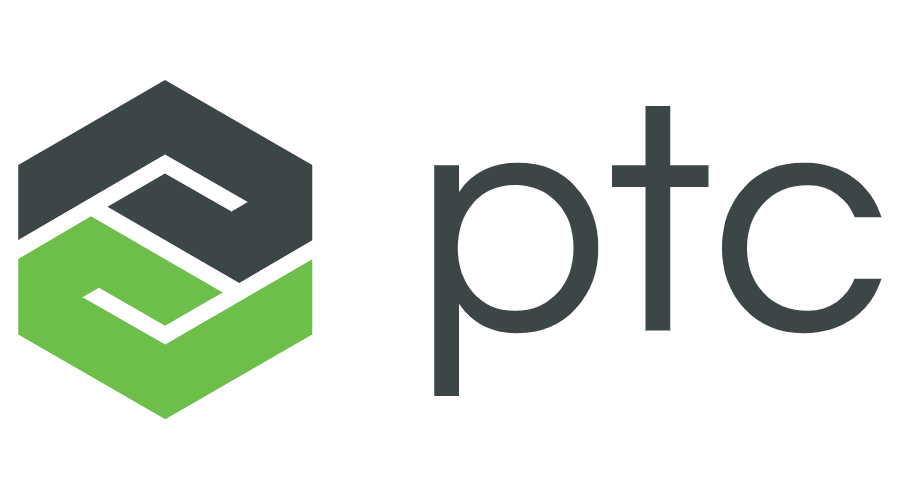1. EXECUTIVE SUMMARY
- CVSS v3 9.3
- ATTENTION: Low skill level to exploit
- Vendor: PTC
- Equipment: Kepware LinkMaster
- Vulnerability: Incorrect Default Permissions
2. RISK EVALUATION
Successful exploitation of this vulnerability could allow a local attacker to globally overwrite the service configuration to execute arbitrary code with NT SYSTEM privileges.
3. TECHNICAL DETAILS
3.1 AFFECTED PRODUCTS
The following versions of PTC Kepware LinkMaster, a Windows application linking data between OPC servers, are affected:
- Kepware LinkMaster Version 3.0.94.0 and prior
3.2 VULNERABILITY OVERVIEW
3.2.1 INCORRECT DEFAULT PERMISSIONS CWE-276
The affected product has incorrect default permissions, which may grant an attacker access to reconfigure the service in any manner.
CVE-2020-13535 has been assigned to this vulnerability. A CVSS v3 base score of 9.3 has been calculated; the CVSS vector string is (AV:L/AC:L/PR:N/UI:N/S:C/C:H/I:H/A:H).
3.3 BACKGROUND
- CRITICAL INFRASTRUCTURE SECTORS: Critical Manufacturing
- COUNTRIES/AREAS DEPLOYED: Worldwide
- COMPANY HEADQUARTERS LOCATION: United States
3.4 RESEARCHER
Yuri Kramarz of Cisco Talos reported this vulnerability to PTC.
4. MITIGATIONS
PTC recommends users upgrade to Version 3.0.99
CISA recommends users take defensive measures to minimize the risk of exploitation of this vulnerability.
CISA also provides a section for control systems security recommended practices on the ICS webpage on us-cert.cisa.gov. Several recommended practices are available for reading and download, including Improving Industrial Control Systems Cybersecurity with Defense-in-Depth Strategies.
Additional mitigation guidance and recommended practices are publicly available on the ICS webpage on us-cert.cisa.gov in the Technical Information Paper, ICS-TIP-12-146-01B–Targeted Cyber Intrusion Detection and Mitigation Strategies.
Organizations observing any suspected malicious activity should follow their established internal procedures and report their findings to CISA for tracking and correlation against other incidents.
CISA also recommends users take the following measures to protect themselves from social engineering attacks:
- Do not click web links or open unsolicited attachments in email messages.
- Refer to Recognizing and Avoiding Email Scams for more information on avoiding email scams.
- Refer to Avoiding Social Engineering and Phishing Attacks for more information on social engineering attacks.
No known public exploits specifically target this vulnerability. This vulnerability is not exploitable remotely.
Source:


Stay connected